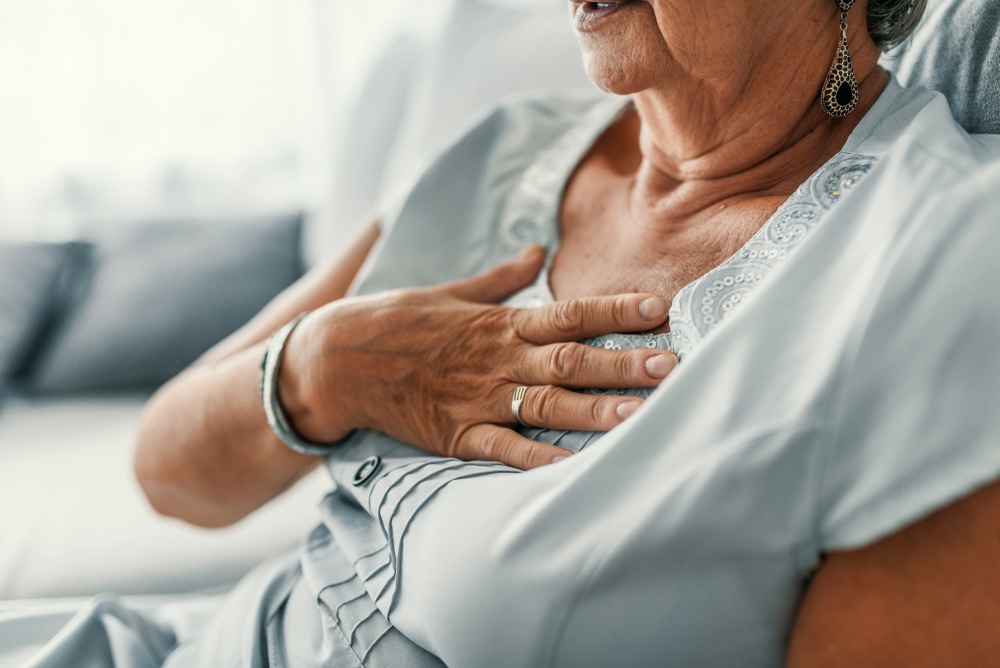
Costochondritis: The Breast Cancer Treatment Side Effect You’ve Never Heard Of
It’s no secret that breast cancer treatments come with a wide variety of unpleasant side effects, from hair loss to nausea to fatigue and beyond. The most common side effects are well known even to people who have no firsthand experience with cancer. But some of the less common side effects are unfamiliar even to many cancer sufferers and survivors.
Costochondritis falls into the latter category, but it’s something you may want to know about if you’re undergoing cancer treatments or planning to – or if you have a loved one with cancer.

What Is Costochondritis?
Costochondritis is the inflammation of the cartilage that connects the ribs to the breastbone. This condition can cause chest pain that may be mistaken for a heart attack symptom or other health issue.
Recently, costochondritis received some attention in the news when actress Chhavi Mittal announced that she’d been suffering from the condition after surviving breast cancer.
“I have pain while breathing, or using my hand, or arm, or lying down, or sitting, or laughing or pretty much everything,” Mittal wrote on Instagram. “No, I’m not always positive about it, but I’m rarely negative. So, holding my chest in my hand, I went to the gym (my happiest place) coz u know what? We all get knocked down, but do we get up again? Well I do!”
What Does Costochondritis Feel Like?
Costochondritis is more common in the left side of the breastbone than the right, and it can be felt in one or more ribs at a time. The pain is typically sharp in nature and worsens with pressure, deep breathing, or movement of the upper body.

What Causes Costochondritis?
The exact cause of costochondritis is unknown, but it appears to occur as a result of injury or strain on the body near or at the breastbone. Repetitive coughing or vigorous workouts can cause or aggravate the condition. Although it is uncommon, it can also occur after breast cancer treatments such as radiation or breast reconstruction surgery.
Am I at Risk for Costochondritis?
If you’re undergoing breast cancer treatments or planning to in the future, you may be concerned about the possibility of developing this side effect, although it is not very common. You’re at higher risk if you’re a woman over the age of 40.

How Is Costochondritis Diagnosed?
If you believe you have costochondritis, it’s important to differentiate it from other conditions with similar symptoms, like certain heart conditions and Tietze’s syndrome, a very similar issue that also involves swelling around the cartilage.
Your doctor may want to do an X-ray of the chest or ECG to rule out other causes of chest pain, but costochondritis can often be diagnosed without further testing.

How Is Costochondritis Treated?
Costochondritis is a self-limiting condition that typically clears up on its own over time. Over-the-counter pain relievers can help manage symptoms in the meantime, either in oral pill form or as topical creams.
Corticosteroid injections, a TENS unit, or physical therapy may also help with persistent pain.
Costochondritis may sometimes require surgery if there’s an infection or some other specific cause that surgery could remedy.
We wish our readers all the best on their breast cancer journeys and hope that having information about little-known side effects like costochondritis will help them feel more informed and better prepared to deal with the curve balls cancer throws at them.